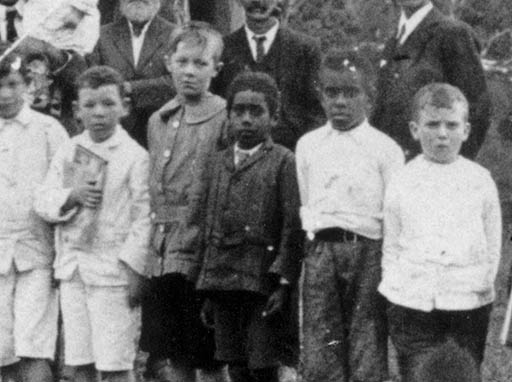George Eggmolesse
George attended the Perwillowen Creek Provisional School
Interview with: George Eggmolesse
Date of Interview: 29 January 1985
Interviewer: Susan Brinnand
Transcriber: Valarie Poole
George Eggmolesse junior was born in Nambour in 1906. he attended the school when it was in Mitchell Street. During 1920s and 1930s he played rugby league for Nambour. George was highly regarded in Buderim and oil painting of him hangs in the Community Hall. he donated land to the Maroochy Shire Council which became the Eggmolesse Environmental Park.
Access the George Eggmolesse oral history audio files and transcript on Sunshine Coast Life.
Images and documents of the Eggmolesse family in the Sunshine Coast Libraries Catalogue.
